The Cor people's art of decorating poles, the knowledge of sewing and wearing Hue ao dai, the Tieu Mai village's rowing festival, and the incense making profession in Tay Ninh are recognized as national intangible cultural heritages.
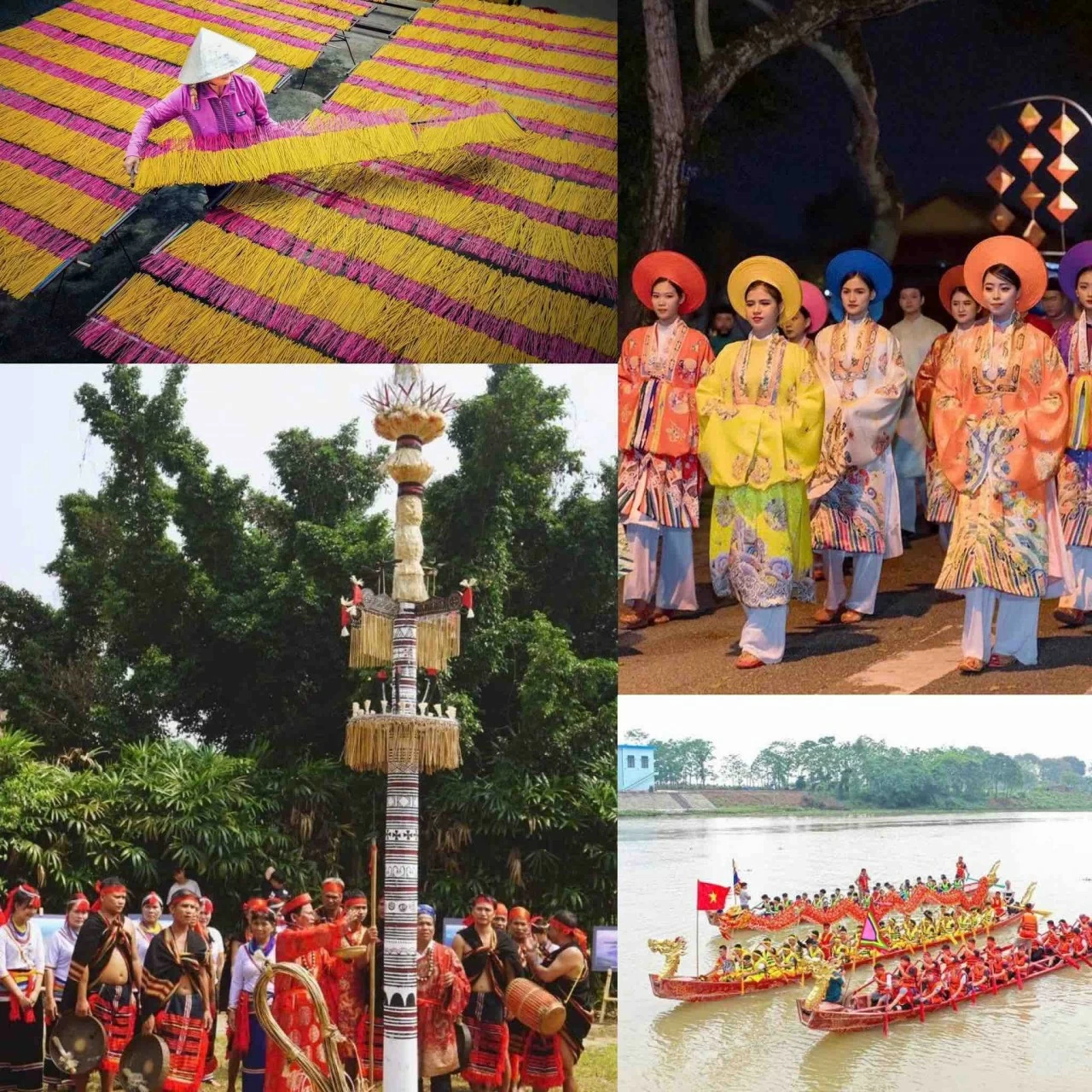 |
| Being recognized as a national intangible cultural heritage will create a premise for localities to be able to build a dossier to submit to UNESCO for inclusion in the Representative List of Intangible Cultural Heritage of Humanity. |
The art of decorating the Cor people's pole
On August 12, the Department of Culture, Sports and Tourism (VH-TT-DL) of Quang Ngai province announced that the Minister of Culture, Sports and Tourism has just signed a decision to recognize the art of decorating poles of the Cor people (Tra Bong district, Quang Ngai) as a national intangible cultural heritage.
The art of decorating the pole of the Cor ethnic group ( Quang Ngai ) has existed and developed closely associated with the buffalo eating festival for thousands of years, passed down from generation to generation, expressing cultural identity, bearing the mark of the Cor ethnic community.
Cor people usually have 3 types of poles corresponding to different social and cultural activities. But the tallest is the pole erected on the day of the straw-cutting festival (about 10-15 m high).
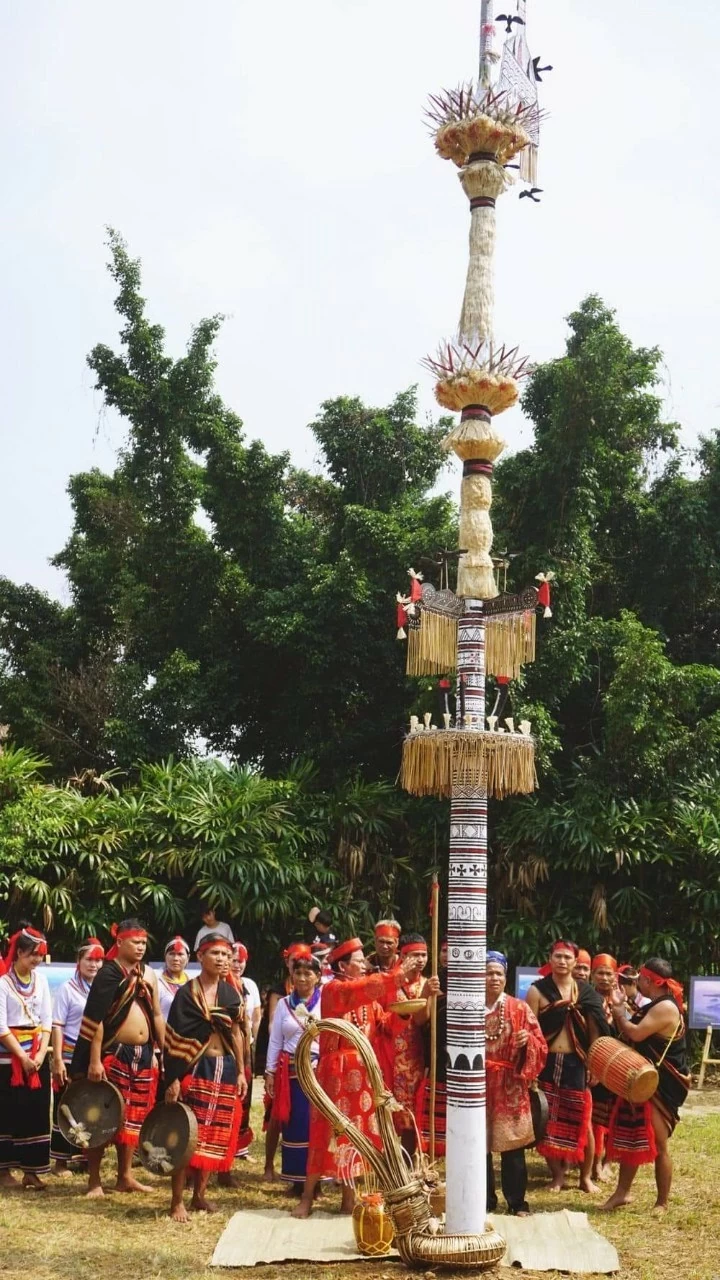 |
| Ritual in the festival of the Cor people next to the pole. (Photo: Hoang Tam/Culture Newspaper) |
The trunk of the pole is decorated with black and red patterns symbolizing heaven and earth. The trunk of the pole is also hung with Gu sets (wooden painted or carved with images or motifs representing the spiritual elements of the Cor people) and an altar.
These can be considered as unique works of sculpture and folk painting. Along with the Gu set, the pole is also hung with wooden swallows. On top of the pole is also attached a swallow. This is the image of a bird that always catches worms, grasshoppers, and locusts to protect the rice plants. The Cor people consider swallows to be birds sent down from the sky by gods to help them. That is why the Cor people never hunt or eat swallows.
Every time the Cor people erect the pole, they must perform a ceremony with very sacred rituals. The pole is the spiritual bridge of the Cor people with the gods. There are prayers in different steps when assembling the pole or when hanging the Gu sets. The pole erection ceremony is unique to the Cor people. It is a cultural heritage that has been honored since 2015.
Knowledge of sewing and wearing Hue Ao Dai
According to Dr. Phan Thanh Hai, Director of the Department of Culture and Sports of Thua Thien Hue province, the Ministry of Culture, Sports and Tourism has officially recognized "Knowledge of sewing and wearing Hue Ao Dai" as a National Intangible Cultural Heritage.
Mr. Phan Thanh Hai said that this is the result of the implementation of the project "Hue - Capital of Vietnamese Ao Dai" with the goal of preserving and promoting the value of knowledge about making and wearing Hue Ao Dai and is the premise for effectively implementing activities to promote and honor Hue Ao Dai, promote economic and tourism development, affirm Hue Ao Dai in the international community, aiming to develop the brand Hue - Capital of Ao Dai.
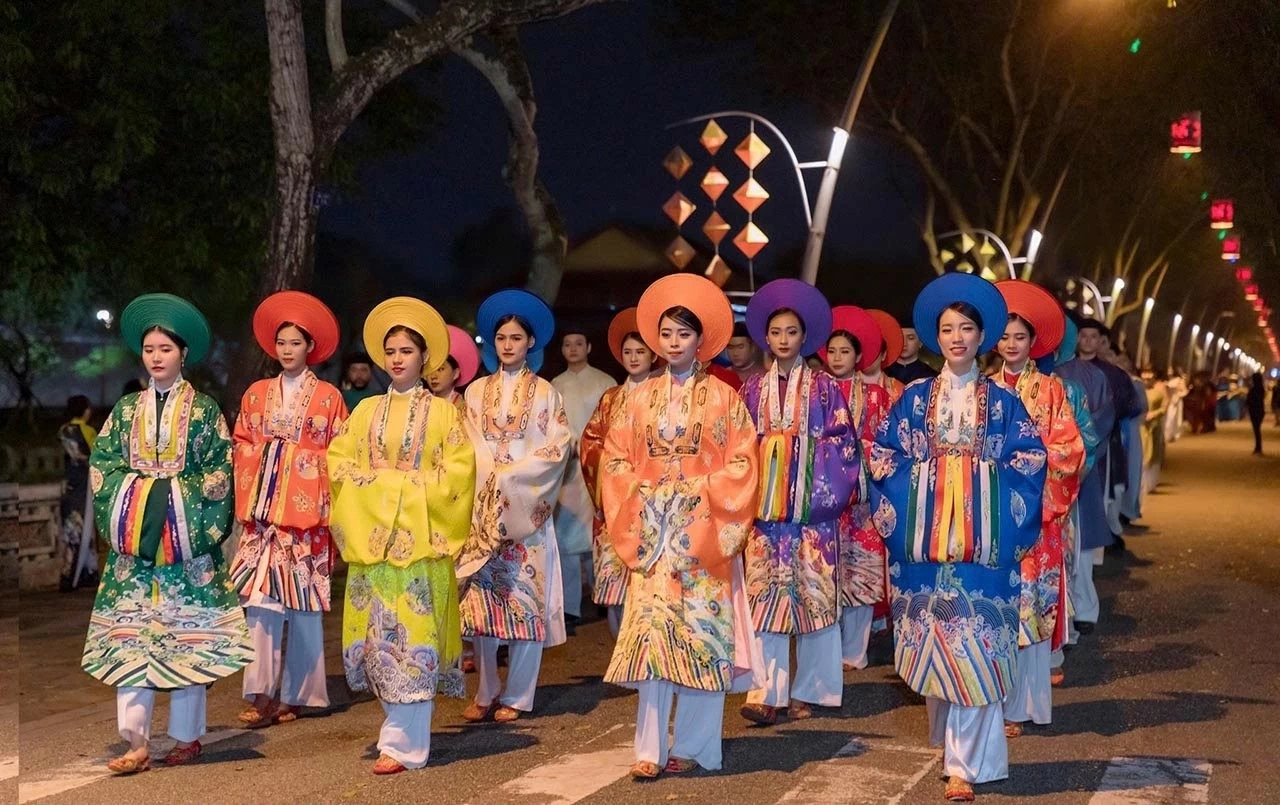 |
| The artisans and tailors of the ao dai pay attention to every step such as cutting, sewing, tying the hem, and making the buttons, turning the ao dai into a work of art containing Hue cultural values. (Source: Nguoi Ha Noi) |
The Hue Ao Dai has gone through a long journey of formation and development with many ups and downs. From the ancient Northern Ao Dai with a split in the middle of the front body into two flaps without buttons, to the Dang Trong Ao Dai with flaps split into the skirt.
Hue Ao Dai was formed from the soul and aesthetics of Hue people, carrying on it the unique charm of Dang Trong land. Perhaps since then, Hue women have always considered Ao Dai as an everyday outfit, not just used for holidays, Tet or special events, and depending on economic conditions, everyone has a few Ao Dai for themselves.
The Hue Ao Dai is delicately and meticulously embroidered by the skillful hands of the people of Hue. It has long become a unique cultural and spiritual souvenir that is indispensable for anyone visiting Hue.
During the Hue Festival, it is impossible not to mention the Ao Dai Festival - one of the official programs, imbued with Hue culture, which has contributed to enriching and diversifying the festival program. Coming to the Ao Dai Festival, visitors will admire the Ao Dai collections of famous designers. There, the Ao Dai of Hue women in particular and Vietnamese Ao Dai in general, from the national costume, are transformed through the talented hands of artists to become collections with ancient to modern looks on extremely rich and diverse materials.
According to Mr. Phan Thanh Hai, nowadays, Hue Ao Dai has become a unique tourism product. The Ao Dai are cut, sewn, and embroidered delicately and meticulously by the talented hands of Hue craftsmen, leaving many good impressions in the hearts of domestic and foreign tourists, contributing to the preservation and promotion of a unique and valuable cultural feature of the nation.
This recognition is an important condition and basis for the Department of Culture and Sports of Thua Thien Hue province to continue to complete the dossier "Knowledge of sewing and wearing Hue Ao Dai" to propose the Ministry of Culture, Sports and Tourism and the National Cultural Heritage Council to consider submitting to the Prime Minister for permission to build the dossier "Knowledge of sewing and wearing Hue Ao Dai" to submit to UNESCO for inclusion in the List of Representative Intangible Cultural Heritage of Humanity.
Tieu Mai village rowing festival
Tieu Mai village in the past, or Mai village today, existed 1,500 years ago. It was an ancient Vietnamese village located next to the North bank of Cau River (Nhu Nguyet). Tieu Mai village today includes 3 hamlets: Mai Thuong, Mai Trung and Thang Loi. The old people in the village said that when the Song invaders invaded our country, Ly Thuong Kiet built a battle line on Nhu Nguyet River to stop the enemy.
During those days, Tieu Mai villagers often used boats to transport Ly Thuong Kiet's army across the river, creating a surprise attack on the enemy, contributing to the glorious victory on February 17, 1077. The Song army suffered a heavy defeat, causing them to be "terrified" and have to withdraw their troops.
Names such as Xa River junction, Xac hill, Ngu Giap temple have become historical landmarks. At Xa junction, the confluence of Cau River and Ca Lo River, this is also the place where Ly Thuong Kiet read the famous poem Nam Quoc Son Ha - the Declaration affirming the sovereignty of the Vietnamese people.
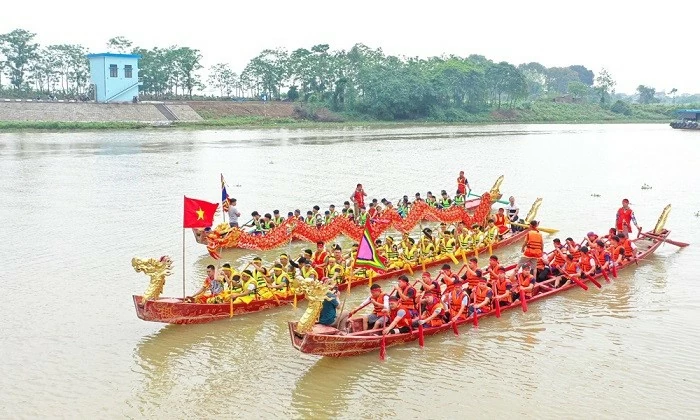 |
| Swimming teams compete at the Tieu Mai Village Rowing Festival. (Source: Bac Giang) |
The boat racing festival originated from the tradition of performing the victory of Ly Thuong Kiet against the Song invaders at Nhu Nguyet. Since then, every five years, on the 10th day of the third lunar month, the people of Mai village joyfully hold a festival to commemorate the glorious victory of the talented general Ly Thuong Kiet.
Normally, the rowing festival lasts for 3 days with many religious activities and attractive folk games, which have become a traditional festival of the entire area of residents living along the banks of the Cau River. Coming to the festival, viewers seem to witness the heroic echoes of their ancestors from thousands of years ago. The past and the present seem to blend together, adding to the patriotic tradition and martial spirit of the people on both sides of the Nhu Nguyet River.
Up to now, the rowing festival still retains many unique features honoring those who have contributed to their ancestors through solemn rituals demonstrating the martial spirit of the people of Kinh Bac region.
With great cultural, historical and traditional significance and strong influence, Tieu Mai Village Rowing Festival has just been included in the list of National Intangible Cultural Heritage by the Ministry of Culture, Sports and Tourism.
This is an important foundation for the festival to continue to be preserved and expanded in scale, thereby further promoting its value in social life, contributing to educating martial spirit and patriotic traditions in generations.
Incense making profession in Tay Ninh
Recently, Minister of Culture, Sports and Tourism Nguyen Van Hung signed a decision to include the traditional craft of incense making in Tay Ninh province in the list of national intangible cultural heritage.
Incense making in Tay Ninh is one of the traditional crafts that has existed from ancient times to the present, strongly expressing the cultural and spiritual characteristics of local residents.
According to heritage records, traditional crafts in Tay Ninh are concentrated in Hoa Thanh town, Duong Minh Chau district, Trang Bang town, Go Dau district, Tay Ninh city and Tan Bien district.
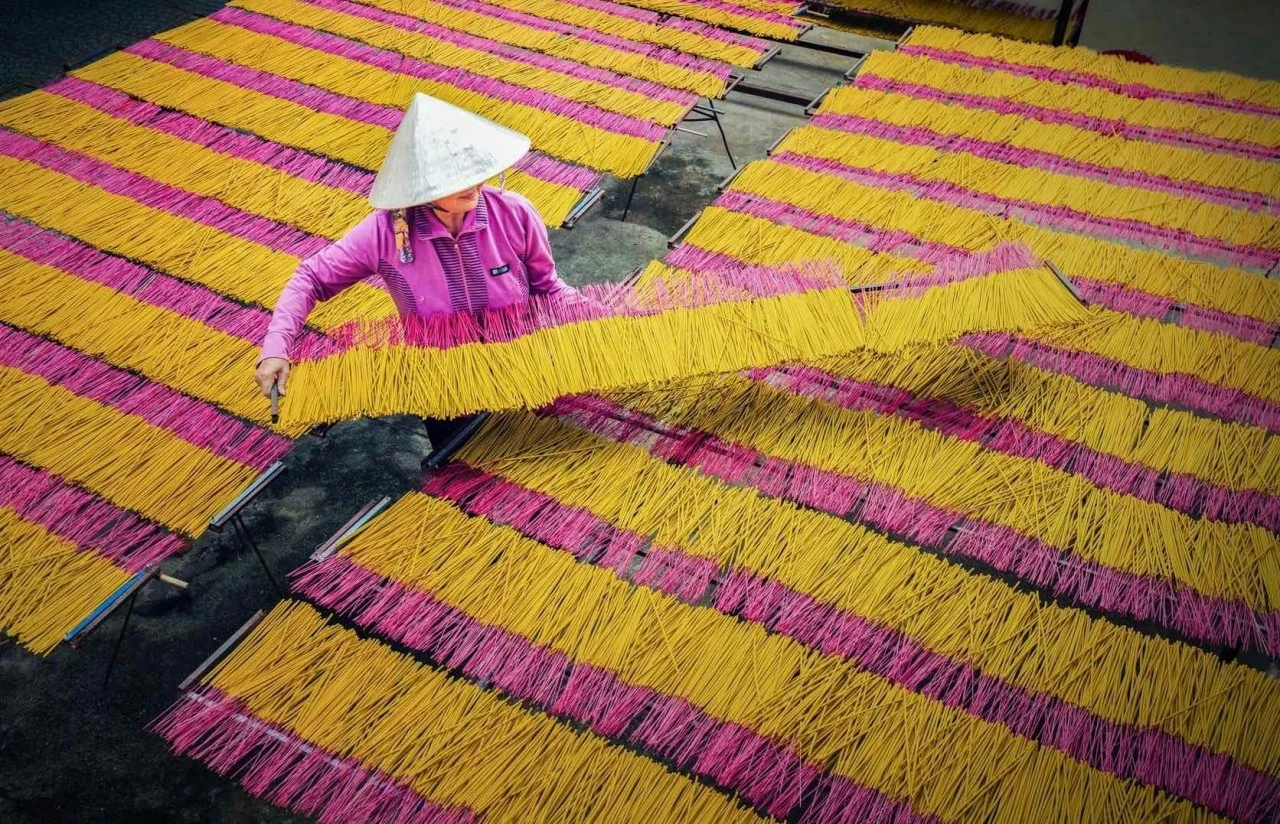 |
| The finished incense stick does not have the usual bright yellow color, but instead has the yellow and brown color of dried leaves and flowers. (Source: ZNews) |
Incense in Tay Ninh has only two typical colors: yellow and brown. Accordingly, to make incense sticks, people will collect cotton leaves, dry them, then grind them into powder. Then mix them with water and add cinnamon powder or agarwood powder to create a fragrant smell.
Therefore, the scent of incense is not strong but extremely gentle and pleasant. In addition to the technical issues as mentioned above, incense makers in Tay Ninh also have very unique cultural concepts and symbolic meanings through the size of the incense stick, thereby expressing their wishes for a happy and prosperous life.
In Vietnamese life, incense is a symbol of sacredness and reverence, a bridge between the real world and the mysterious spirit world.
More specifically, Tay Ninh is known as the “Holy Land” of Cao Dai religion – the place with the largest number of followers in the country. Therefore, for over a hundred years, in Tay Ninh, the traditional incense making profession of the village still exists and carries out its sacred mission.
The incense making profession in Tay Ninh also clearly shows the characteristics of agricultural origin such as tools, raw materials, and usage value. Products from this traditional profession play an important role in serving the economic, cultural, and social life of not only Tay Ninh people in particular but also the community in general.
Through a long process of formation and development, through different socio-economic forms or production methods, the incense making profession in Tay Ninh still exists sustainably and becomes one of the most famous incense making villages in the South.
Thus, along with the art of Southern amateur music in Tay Ninh province, the Ky Yen festival at Gia Loc communal house, the Chhay-dam drum dance, the craft of making Trang Bang sun-dried rice paper, the Linh Son Thanh Mau festival (Ba Den mountain), the Tra Vong Quan Lon festival (Tan Bien), the art of preparing vegetarian dishes and the traditional craft of making chili salt, and the incense making craft are the 9th cultural heritages of Tay Ninh province to be recognized as National Intangible Cultural Heritage.




![[Photo] General Secretary To Lam visits exhibition of achievements in private economic development](https://vphoto.vietnam.vn/thumb/1200x675/vietnam/resource/IMAGE/2025/5/18/1809dc545f214a86911fe2d2d0fde2e8)
![[Photo] More than 17,000 candidates participate in the 2025 SPT Competency Assessment Test of Hanoi National University of Education](https://vphoto.vietnam.vn/thumb/1200x675/vietnam/resource/IMAGE/2025/5/17/e538d9a1636c407cbb211b314e6303fd)

![[Photo] National conference to disseminate and implement Resolution No. 66-NQ/TW and Resolution No. 68-NQ/TW of the Politburo](https://vphoto.vietnam.vn/thumb/1200x675/vietnam/resource/IMAGE/2025/5/18/adf666b9303a4213998b395b05234b6a)




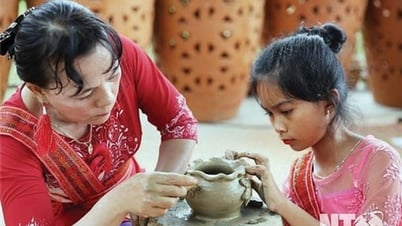

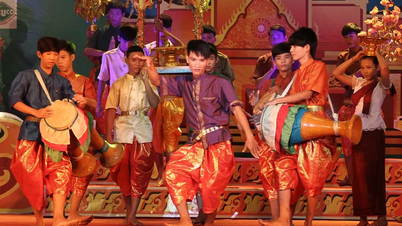

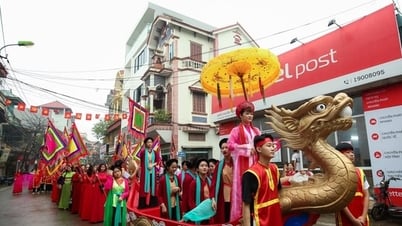

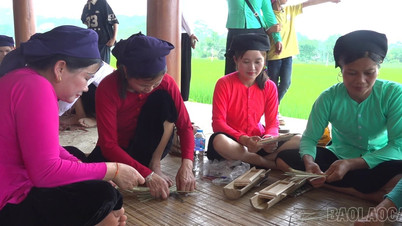


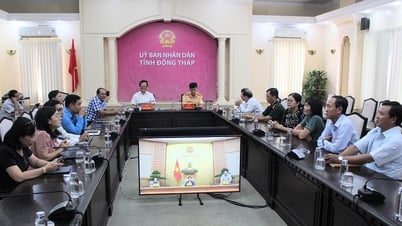
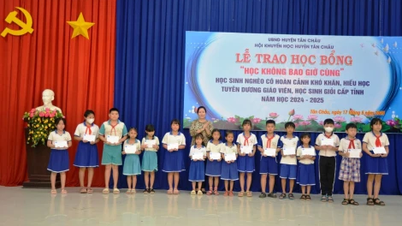

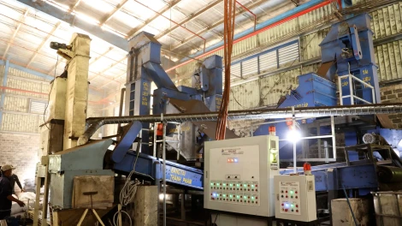












![[Photo] Prime Minister Pham Minh Chinh chairs meeting on science and technology development](https://vphoto.vietnam.vn/thumb/1200x675/vietnam/resource/IMAGE/2025/5/17/ae80dd74c384439789b12013c738a045)


















































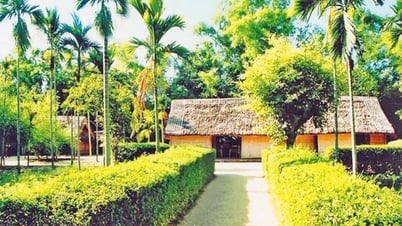
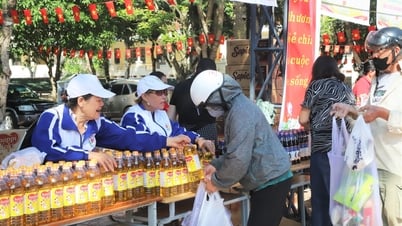










Comment (0)